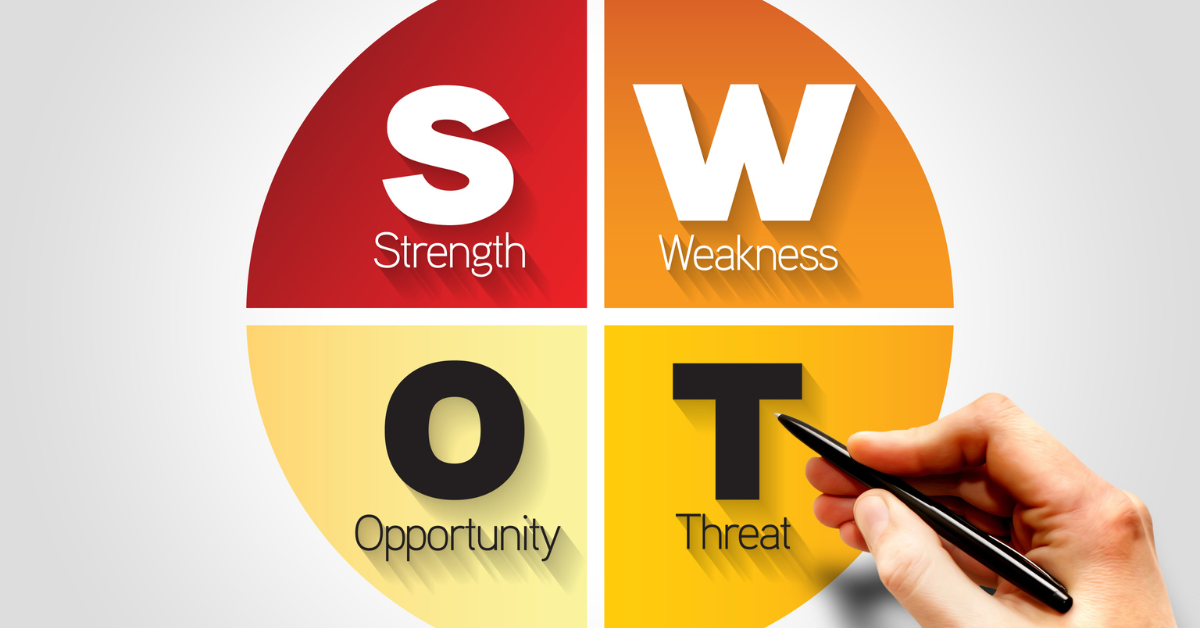
In the dynamic landscape of modern leadership, self-awareness and strategic foresight are paramount. For emerging leaders, understanding personal and organisational dynamics is crucial for effective decision-making and growth. One of the most effective tools to facilitate this understanding is the SWOT analysis—a framework that examines Strengths, Weaknesses, Opportunities, and Threats. Originally designed for organisational strategy, SWOT analysis has evolved into a powerful instrument for personal and leadership development.
Understanding SWOT Analysis in Leadership
SWOT analysis is a strategic planning tool that helps individuals and organisations identify internal and external factors that can impact objectives. In the context of leadership, it serves as a reflective exercise to assess personal capabilities and external challenges.
-
Strengths: These are internal attributes and resources that support a leader's success.
-
Weaknesses: Internal factors that may hinder a leader's performance or development.
-
Opportunities: External conditions that a leader can exploit to their advantage.
-
Threats: External factors that could cause trouble for a leader or organisation.
By systematically evaluating these areas, leaders can develop strategies that leverage strengths, address weaknesses, capitalise on opportunities, and mitigate threats.
The Role of SWOT Analysis in Leadership Development
Incorporating SWOT analysis into leadership development programs offers several benefits:
- Enhanced Self-Awareness: Leaders gain a deeper understanding of their capabilities and areas for improvement.
- Strategic Thinking: It encourages leaders to think critically about their environment and how to navigate it effectively.
- Goal Setting: Identifying opportunities and threats aids in setting realistic and strategic goals.
- Adaptability: Understanding internal and external factors prepares leaders to adapt to changes proactively.
Regularly conducting SWOT analyses ensures that leaders remain aligned with their personal development goals and the evolving demands of their roles.
Implementing SWOT Analysis in Leadership Programs
For leadership development programs, integrating SWOT analysis can be structured as follows:
- Workshops: Facilitated sessions where leaders collaboratively identify and discuss SWOT elements.
- Individual Assessments: Personal reflection exercises that encourage leaders to introspect and document their SWOT analysis.
- Mentorship Programs: Pairing emerging leaders with experienced mentors to discuss and refine their SWOT analyses.
- Action Plans: Developing strategic plans based on the SWOT analysis to guide personal and professional development.
These implementations foster a culture of continuous improvement and strategic awareness among leaders.
Conclusion
SWOT analysis stands as a vital tool in the arsenal of leadership development. Its structured approach to evaluating internal and external factors equips leaders with the insights necessary for strategic decision-making and personal growth. As the leadership landscape continues to evolve, tools like SWOT analysis will remain indispensable in developing leaders who can navigate complexities with confidence and foresight.
.png?width=150&height=150&name=Evolve2%20Logo%20(Hi-Def).png)

Leave Your Comment Here